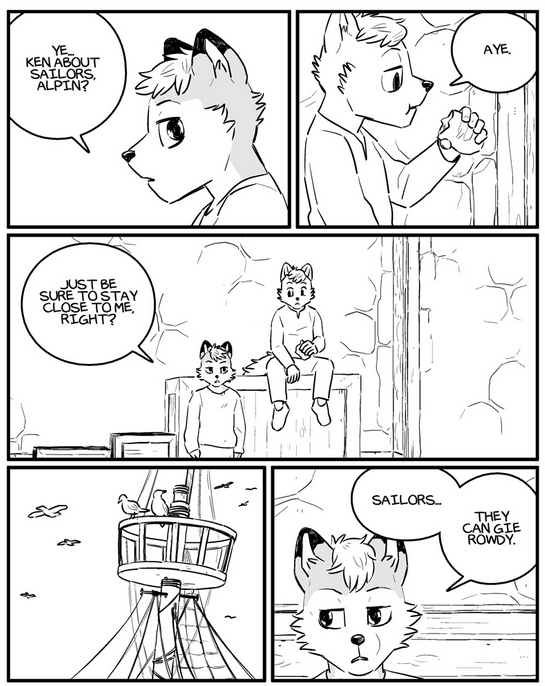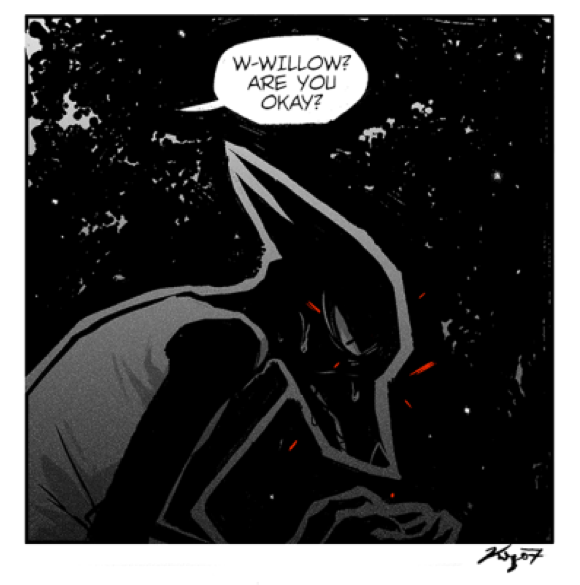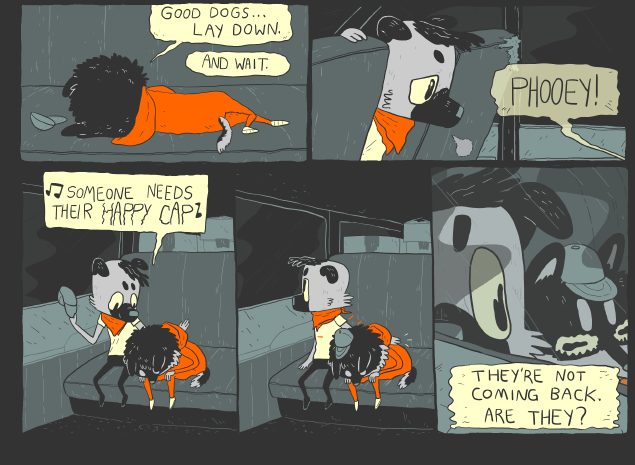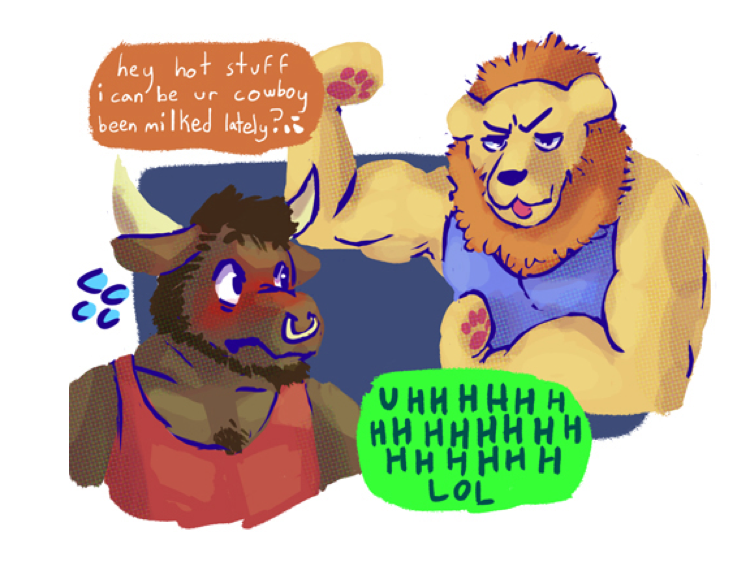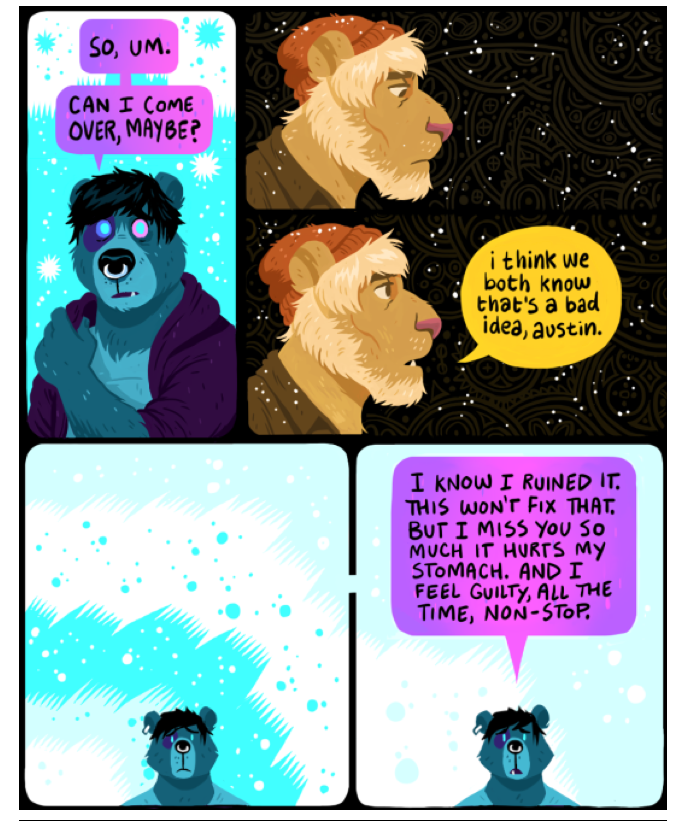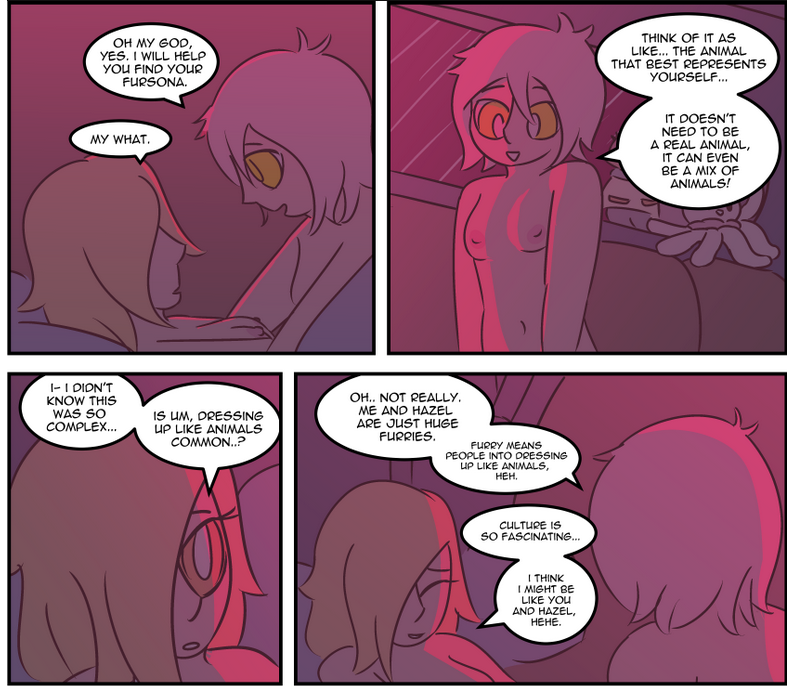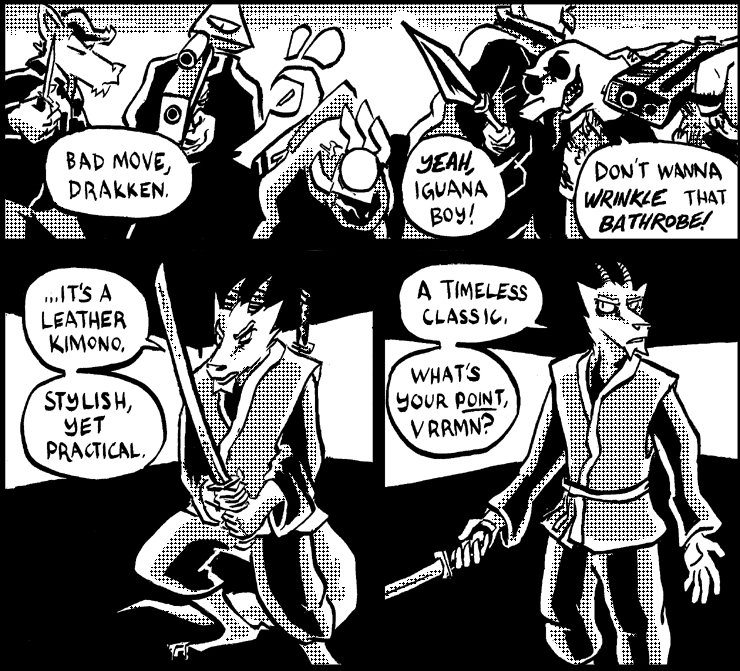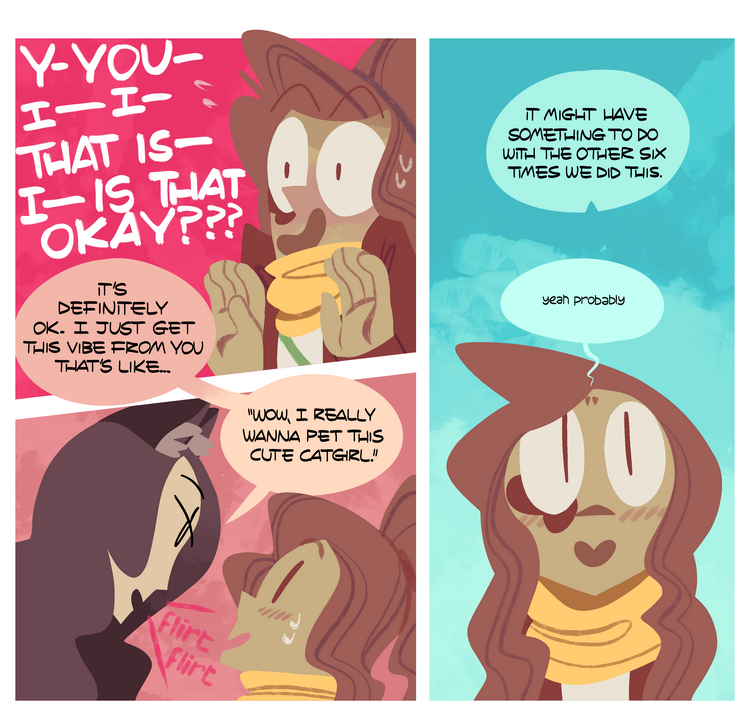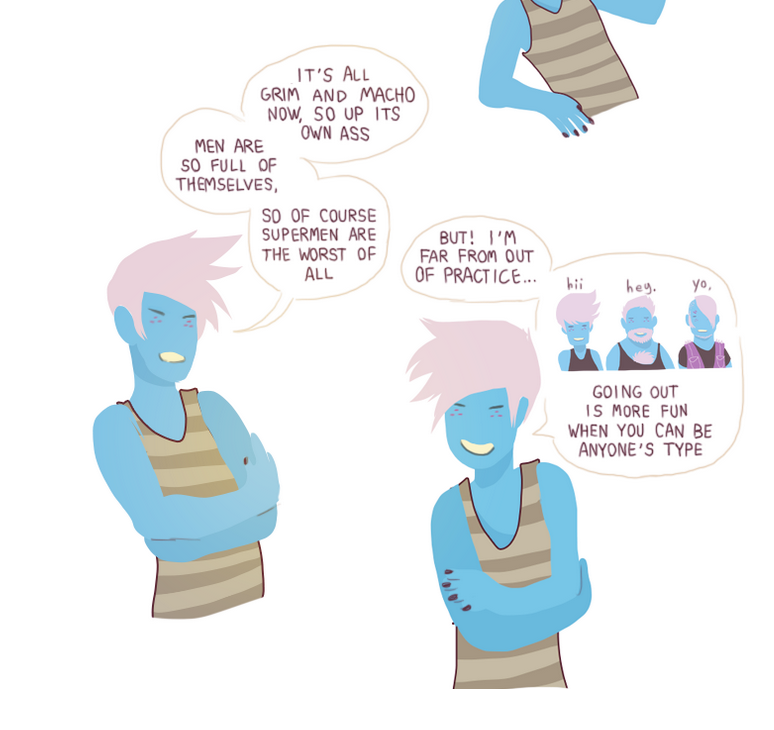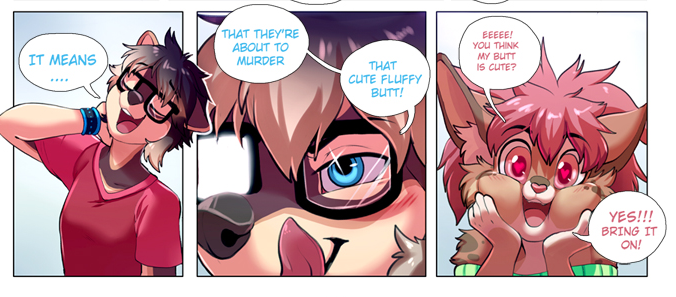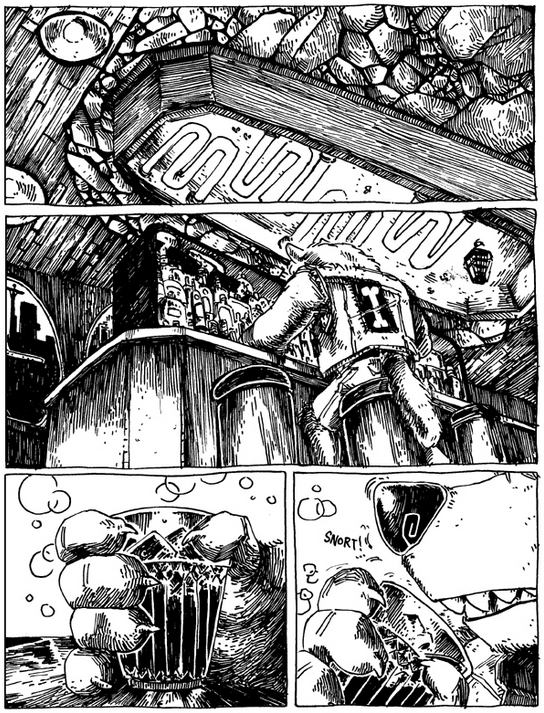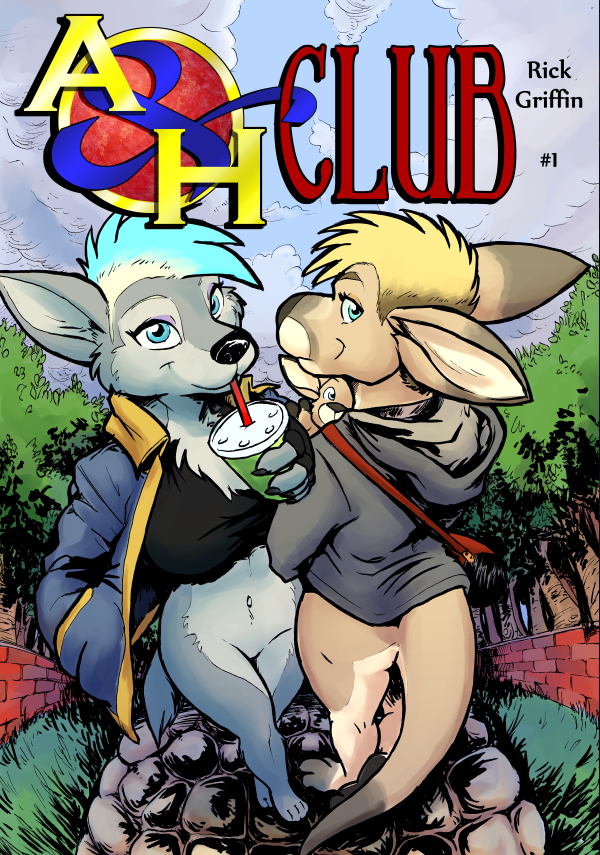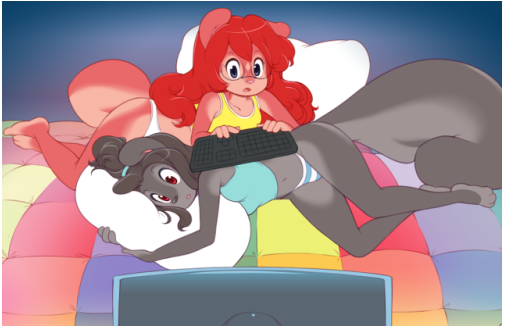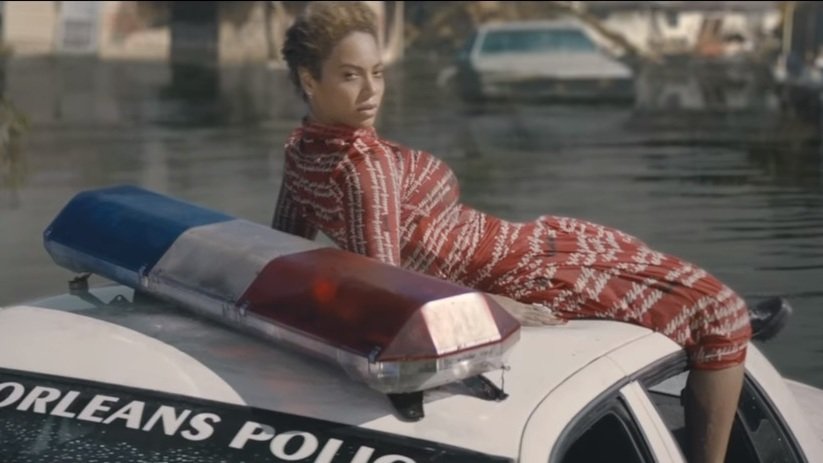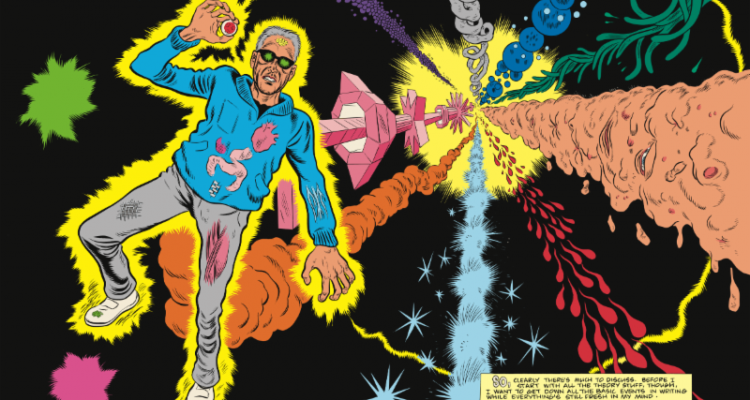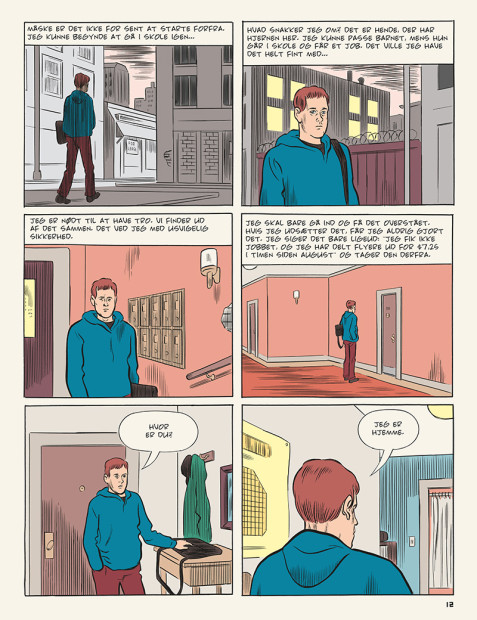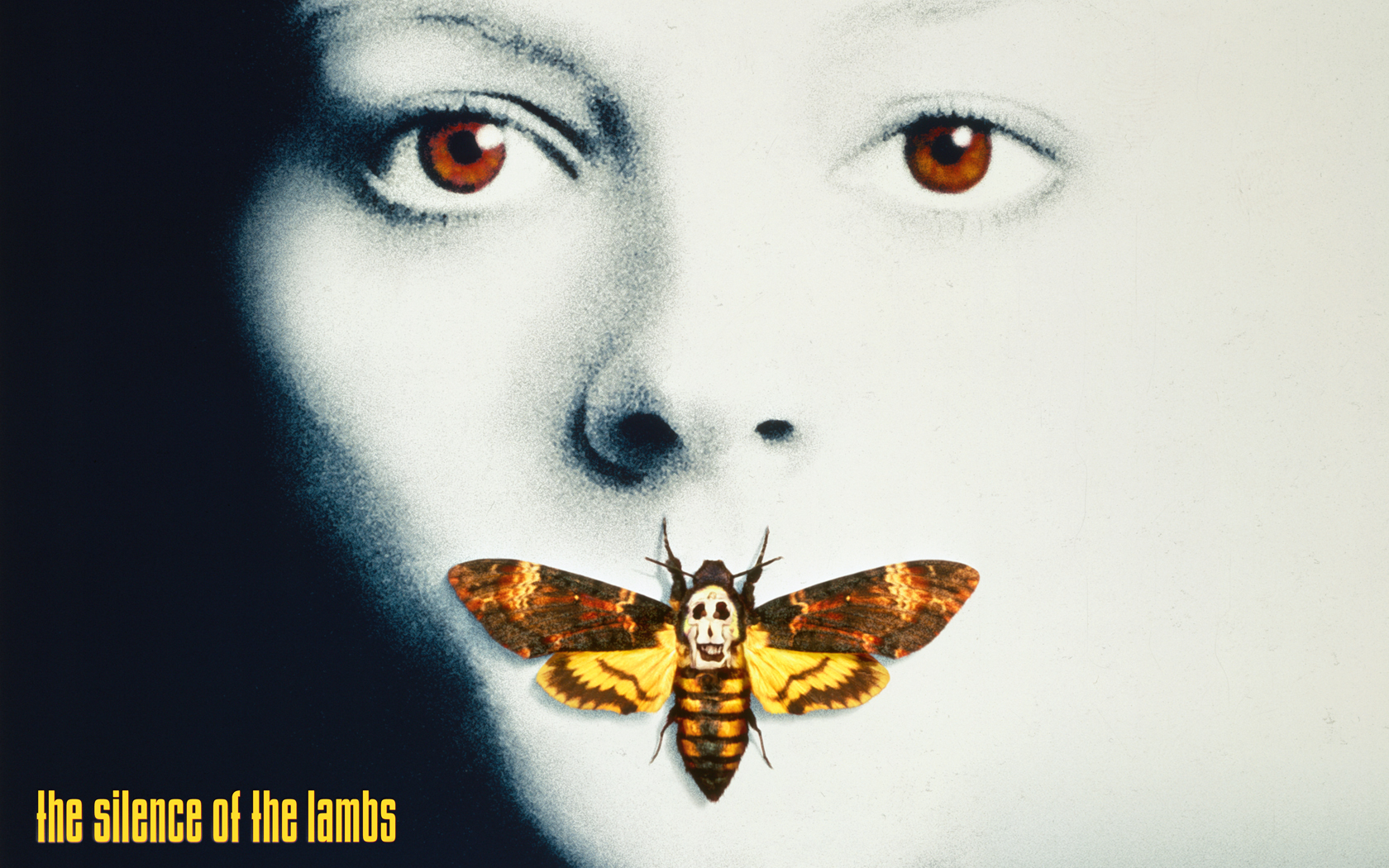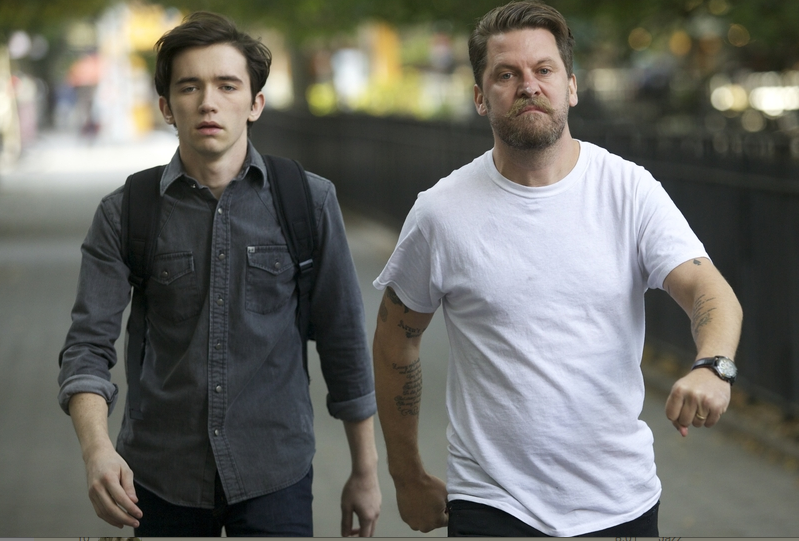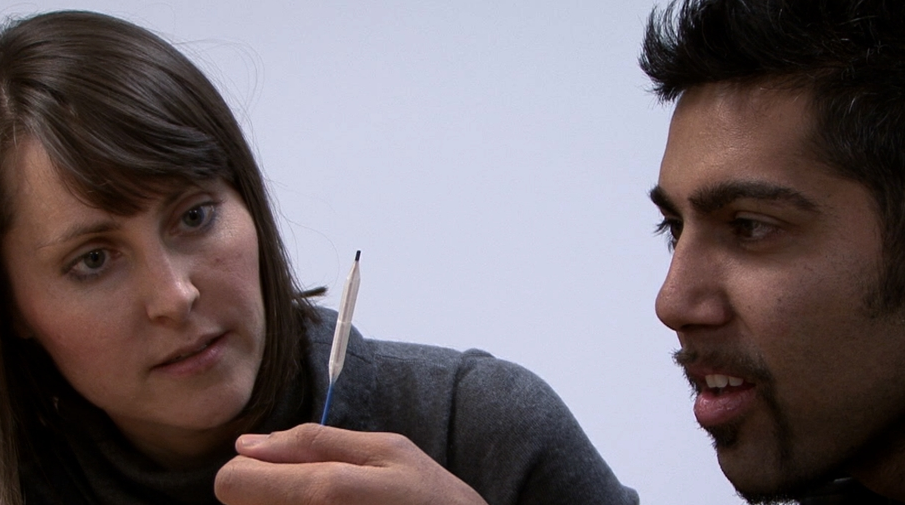I was near felled by a pang of anxiety after my last column about Image’s Graham and Rios curated Island #6 went live and broadcast the nice things I felt about it. I had been thinking about my run as a furry culture columnist and decided to embark on a conscious exercise of positive reporting, because sniping at lazy culture writers was accomplishing little more than giving myself cerebral razor burn. I do actually love that cover and do not regret publicly describing it as “spectacular.” I love a furry reintroduction into mainstream comics being gay and horny, and I love the hot, bitter tears of the comixxx boys who are scandalized by it. I desperately hoped that my friends and loved ones could read between the lines of that last missive, where I was telegraphing that I did not actually love the comic between the covers. I was focusing on the positive, yes! I don’t want furry culture to disintegrate into microcosmic atomized camps, nor do I want a dossier of everything someone jerked it to in the last six months before I can regard their work, good or bad. When I said we don’t run in the same circles, I meant Onta and I have never interacted personally or online and also that the images and words he uses in his porn project attitudes about trans people that are repellent to me and we likely wouldn’t get along anyway. I think he did good work acclimating his storytelling for a mainstream audience without compromising its voice. But I also got to thinking about the furry artists whose everyday output is spectacular in its own context, even when making its den in our own online spaces, outside the vantage point of “alternative” comics. So here is a broken, incomplete, totally lost in the woods compilation of brilliant furry comics on the web that you should be reading right now. Also nominations for the Ursa Major awards are open until the end of Februrary. The nice folk at Dogpatch Press decided to encourage a nom for some of my writing on here. While the process is open, I would pass the same courtesy along to any of the authors listed below, as they’re all a reflection of anthropomorphic excellence.
(ED: As furries are a tight-nit community, many of these comics are made by people I am cordially acquainted with and some of them are close friends. Proceed with adequate caution and curiosity.)
On Yonder Lea, I’d Shelter Thee by Artdecade (author link NSFW) (content warning for child abuse) (completed)
A remarkable, meditative, self-consious turn by a world-class furry pornographer. Two lost, forgotten-about boys in 19th century Scotland seek in each other in the mouth of famine, a new life across the sea. On Yonder Lea is a devastating tale of life and love swallowed under crushing waves of systematic cruelty. Atrdecade’s milieu of dude porn has often traded in in a phantasmagoria of gay masculine desire with a knowing wink. This comic, with it’s gentle cool grey and white spectrum nuzzles the reader up to the horrors of the other side of the coin of masculine power and the tenderness subsumed under its weight. This is Artdecade’s best, most sophisticated work in the medium of comics.
Bright Night by Kiqoseven (violence) (ongoing)
Black and grey and red, Bright Night invokes the spirit of the work of contemporary supernatural/horror comics master Emily Carroll. Two friends hunt for the unknown, the unknowable, on the property of folks who struggle with the knowing. A stylish comic rooted in a sense of place, history and character, a proper haunted house story. I’m very excited to see where this one goes.
Thunderpaw: In the Ashes of Fire Mountain by Jen Lee (Epilepsy warning) (ongoing)
What seems like a post-apocalyptic adventure story is actually an intimate journey through personal trauma as two best friends have their whole world uprooted. Bruno and Ollie are raw nerves in a world of opportunistic lightning strikes and strange gnashing of teeth. Jen’s deep understanding of dog behavior informs this humane story about the anxieties that live under all of our skins. Possibly one of the best furry comics ever, Thuderpaw showcases the duel between the deepest compassion and cruelties of life under constant stress in a distinctive style that utilizes a confident color scheme and beautiful, fluid gif animation. This is a comic that lives its best life on the web.
Posibilia engages directly with the furry internet culture, where we use the web to connect with or distance ourselves from each other under the auspices of a specific platform. This comic trains its eye on the ins and outs of furry Secondlife in the late aughts to tell a contemporary story about connection and self-definition in 2016. It’s very funny and is a fantastic meeting of experiences of being queer online and queer irl.
Night Physics by Austin Holcolmb (content warning for substance abuse) (ongoing)
What do you dream about? Austin asks this of a cast of furry strangers and himself in this handsome descent into the raw naked lizard brain. This comic reaches deep inside the grey matter to get to the animal within and the inexplicable motivations behind all our actions. The narrative floats in between on-the-spot one panel interviews with furries as they reveal their deepest secrets or offer a curt rebuff. Some people need to be known and some need to be unknowable. Night Physics is one of the prettiest, kindest, most thoughtful furry comics on the internet.
Computer Love by Ivy Jane (nudity) (ongoing)
A diverse group of immigrants and drop-outs navigate their fates in Antarctica, one of the last safe places for humans escaping a scourge of giant ratlike monsters that have ravaged the rest of civilization. Not necessarily a comic with furries, but one about furries who can explore their ideal selves in virtual reality. Even when the “civilized” world is falling down around your ears, you can define your own existence where you feel safe and can protect yourself and your friends in Ivy’s anime-inspired Antarctica. Computer Love is a story about queer people adapting, like we always have, to this or that mundane apocalypse.
Crossed Wires by I Jay (ongoing)
A free-wheeling adventure that blends a sophisticated take on post-furry transhumanism a-la Egypt Urnash with a genuine love for 90s hacker genre trash like Johnny Mnemonic. It’s another story on this list that engages with technology’s roll in how we navigate our identities and relate to each other. I Jay has a quick wit and a chunky, dynamic graphic style that propels this comic through the better parts of your brain.
Goodbye to Halos by Valerie Hallah (ongoing)
Fenic’s asshole dad seals her off in a parallel dimension where she now lives in Market Square. In her new dingy, impoverished little neighborhood far below the clouds, she learns how to chop onions and control her magic powers and flirt with the cute girls in her alien surroundings. Valerie’s smashing understanding of color and composition, along with her cute character moments really make this comic super special and a delight to read.
Boys are Slapstick by Rory Frances (content warning: BDSM) (completed)
A head-on collision between Loony Toons-style violent self-annihilation and gay ennui, this is my favorite of Rory’s work published by Aevee Bee’s great online publication ZEAL. It’s a brutal assessment of the characters we play and how we try and sometimes fail to live up to them, in queer spaces both public and private. What are your limits when your self is not tied to fragile human anatomy? Rory’s a creator who might (should) influence an entire generation of young gay furry cartoonists.
Critical Success by Roanoak (content warning: this is porn) (ongoing)
This is gorgeous furry-on-goo-creature fantasy roleplay. Cocks of varying viscosity all over the damned place. It’s the adventure zone for perverts. YOU HAVE BEEN NOTIFIED THAT THIS IS PORN. DON’T COME CRYIN’ AFTER YOU GET AN EYEFULL OF ALL THOSE PRISTINE GREEN JELLYWEINERS. Seriously though, this is a a cognizant flip of the very rape-reliant genre of tentacle/goo porn that uses the device of a Dungeons and Dragons session to demonstrate negotiated consent.
Carnivore Planet by Nero O’Reilly (author link NSFW) (ongoing).
Nero’s dense futuristic urban hellscape is like anything from the imagination of Moebius or Otomo, a rogues gallery pushed to their limit by their circumstances toward decisions they’ll (maybe) live to regret. His furry cartooning reaches back to the golden days of alternative publishing with a studied contemporary storytelling sensibility. Also look at those lines.
Crow Cillers by Cate Wurtz (ongoing)
One of the most ambitious projects from one of the most audacious minds in furry comics. Cate fuses intensely personal narratives with iconic cultural touchstones like the Simpsons with her arresting, hyper-colorful, deadpan while screaming-your-lungs-out visual sense. If you love our beautiful medium, you cannot sleep on this comic.
A&H Club by Rick Griffin (ongoing)
I might be biased in favor of this comic, having been raised in my early years on this earth by a single mom and in my adult life being into the idea of going about my day to day without wearing any trousers. Rick Griffin is one of the most prolific and influential furries making comics today and this is his most heartfelt project about women supporting each other.
Various comics in the Peaches and Cream universe by Michael Rey Vega (content warning: porn again) (ongoing)
Miu (Mike Vega) has long been the sweet candy center of a certain flourescent aesthetic style in furry pornography. He loves his characters and lets us see their lives unfold in comics for all ages and also for a more limited demographic. I love that no one character in Mike’s fruitiverse is exclusively in service of jerk purposes. Everyone has dignity and purpose and shops for muffin mix. I’m on pins and needles waiting for bi sexpot Jam to finally ask to go steady with her crush, Plum!
_____________
Today’s furries grew up on the web, and even our off-line interactions are based on the community we formed in BBS logs, VCL streams, back-and-forths-on Furaffinity, twitter and tumblr. We care as deeply about comics as any joe bazooka cranking out tijunana bibles at the kinkos round the corner. Our culture is fundamentally informed by our interactions online, and some of our best art still lives in digital spaces. With webcomics, furries push the medium of comics to its limits every day, one page at a time, and we do it for our own pleasure, our own satisfaction and benefit. If you could lend us your time, attention and $$$, maybe we could reclaim our pace in the canon of alternative comics. But if you never showed up, we’d keep on keeping on, writing and drawing our fuzzy weirdo stories.

